Tea is a way of life in the United Kingdom, a cultural cornerstone, and a source of comfort. Whether it’s a morning pick-me-up or a soothing evening ritual, tea has a special place in the hearts of Brits. To celebrate that fact, here are 20 things about tea that only those from the UK will truly understand.
The Perfect Brew Time
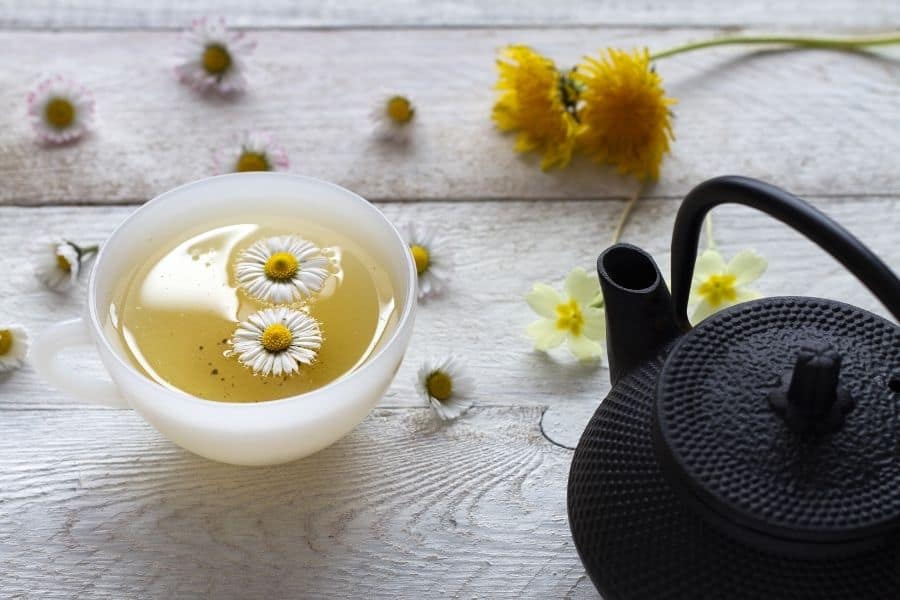
According to Yorkshire Tea, “Tea needs time to unlock all its flavour, so give it 4-5 minutes to do its thing.” Every Brit knows that brewing tea is an art form because it’s not just about dunking a teabag in hot water; it’s about getting the brew time just right. Too short, and the tea is weak and flavourless. Too long, and it becomes bitter. The sweet spot can vary depending on personal preference.
The Importance of the Teapot
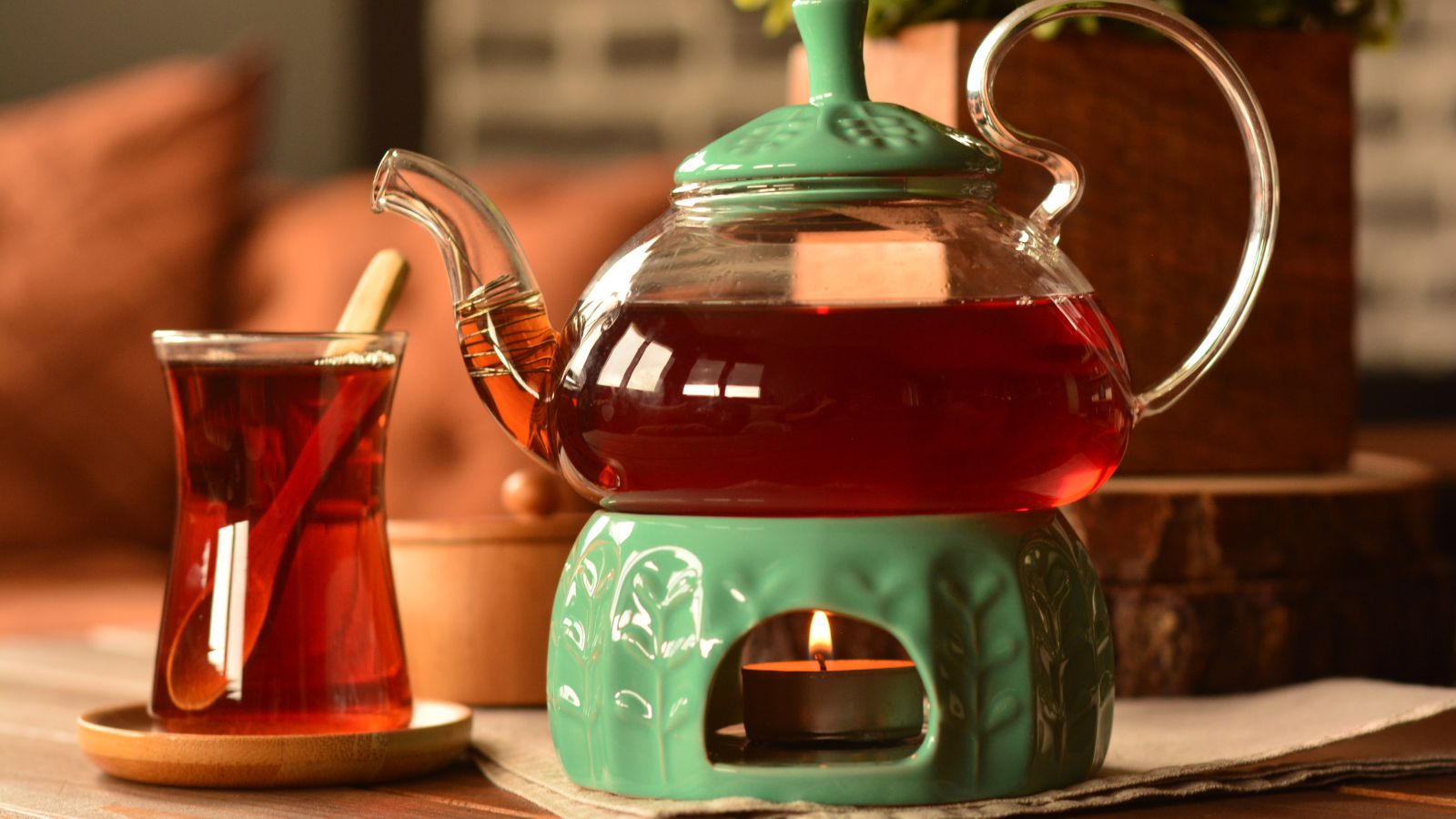
Using a teapot is a must for many in the UK as it allows the tea leaves or bags to swirl and steep properly, resulting in a fuller flavour. A proper teapot keeps the tea hotter for longer and makes the whole experience feel more ceremonial. Plus, pouring from a teapot just feels posh and adds a touch of tradition to any tea time.
Milk First or Last Debate
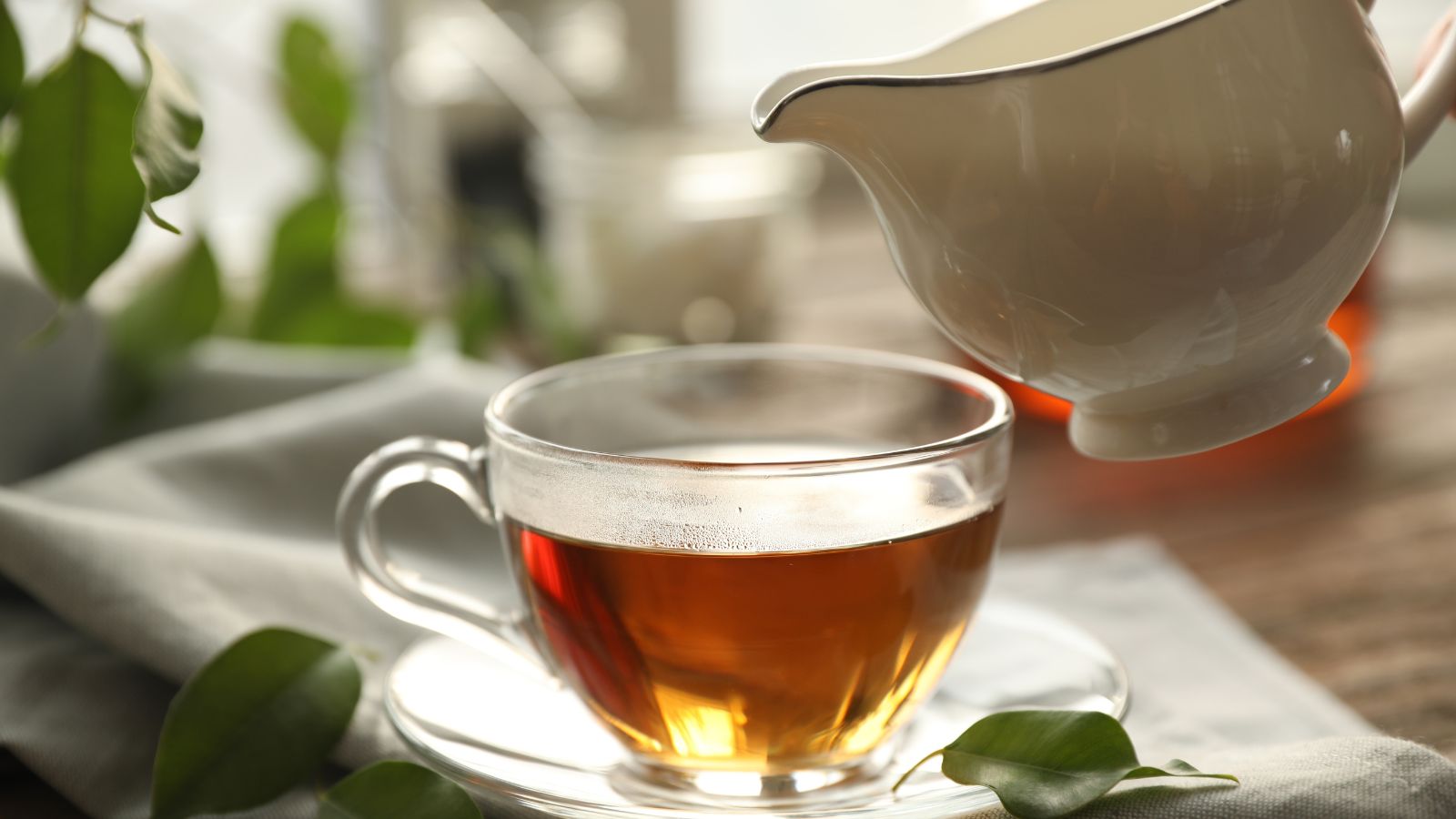
One of the great divides among British tea drinkers is whether to add milk first or last. Both sides have passionate defenders. Adding milk first is said to protect delicate china cups from cracking and ensure a smoother blend, but adding milk last allows you to control the strength and colour of your tea more precisely. This debate can spark friendly (or sometimes not-so-friendly) arguments.
Biscuit Dunking Technique
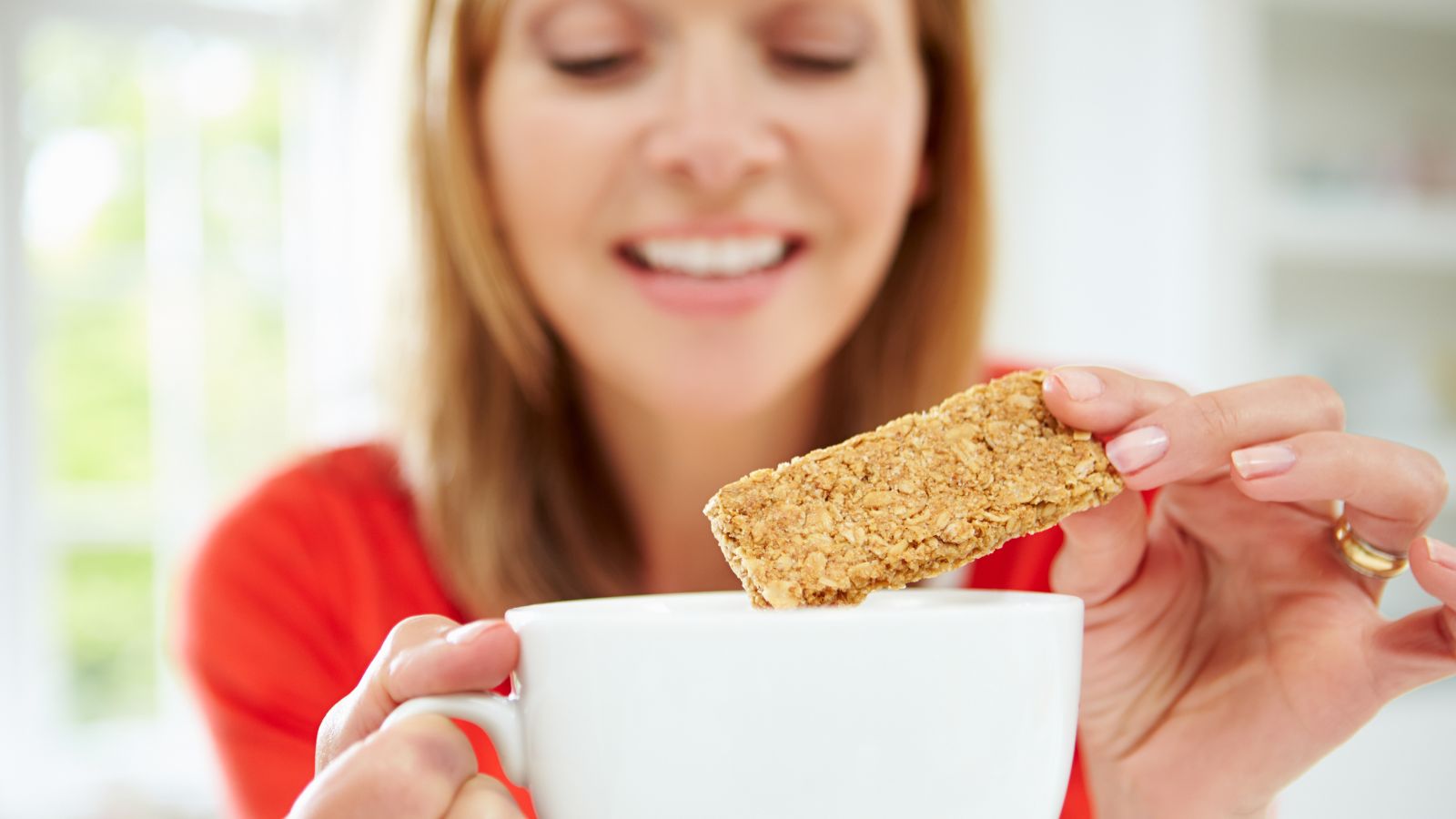
The art of dunking a biscuit into your tea without it disintegrating is a skill that Brits have mastered. There’s a perfect timing to it – too short and the biscuit doesn’t soften; too long, and you end up with soggy crumbs at the bottom of your cup. Classic choices like Digestives, Rich Tea, and Hobnobs have different dunking times, and knowing them is almost a rite of passage.
The Proper Use of a Tea Cosy
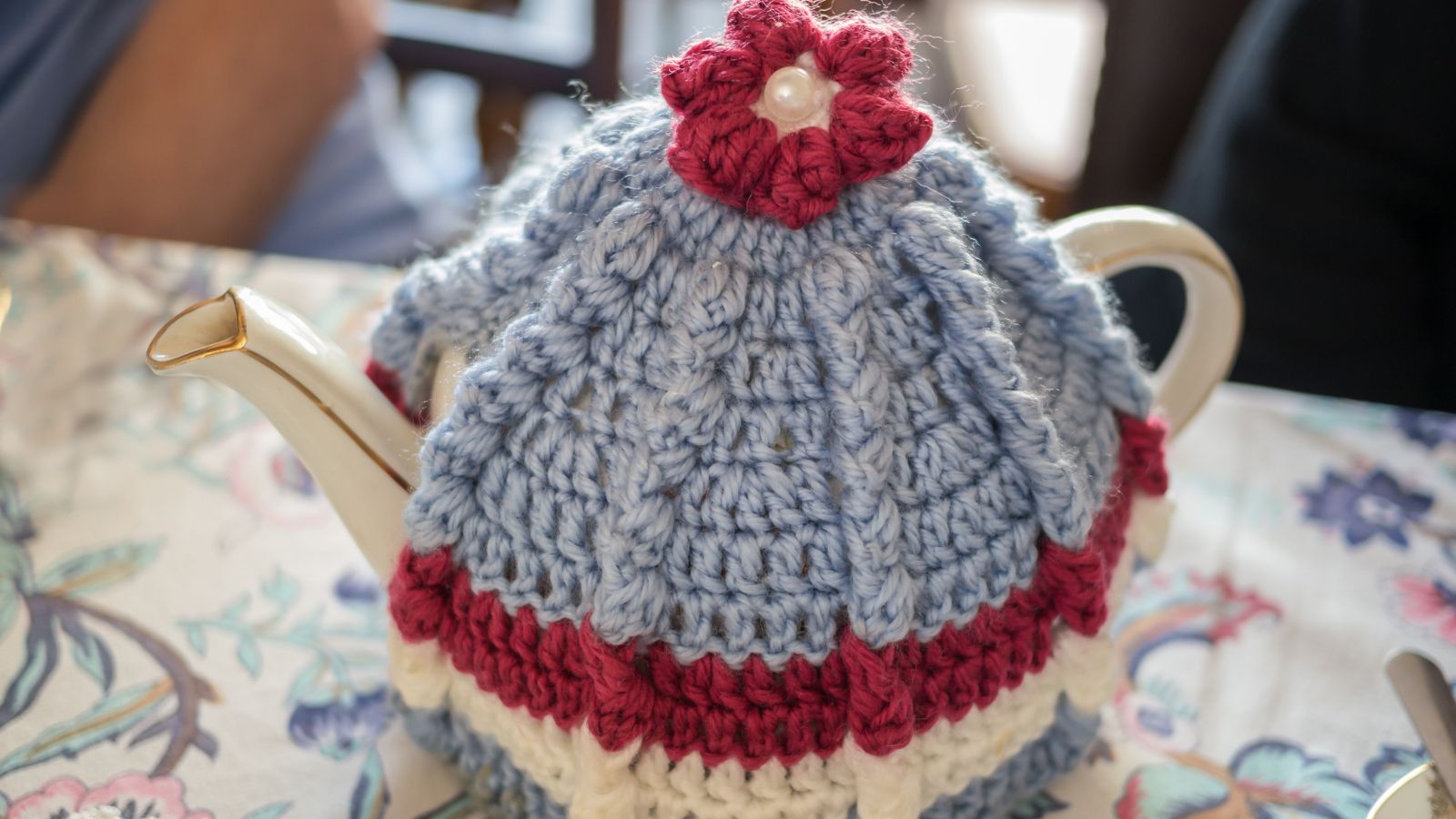
A tea cosy isn’t just a cute knitted accessory but is actually an essential part of keeping your tea hot. Brits know that a teapot cosy keeps the brew warm, ensuring that your second or third cup is as hot as the first. It’s an old-fashioned tool that’s still widely used, proving that some traditions are too good to let go.
Builder’s Tea
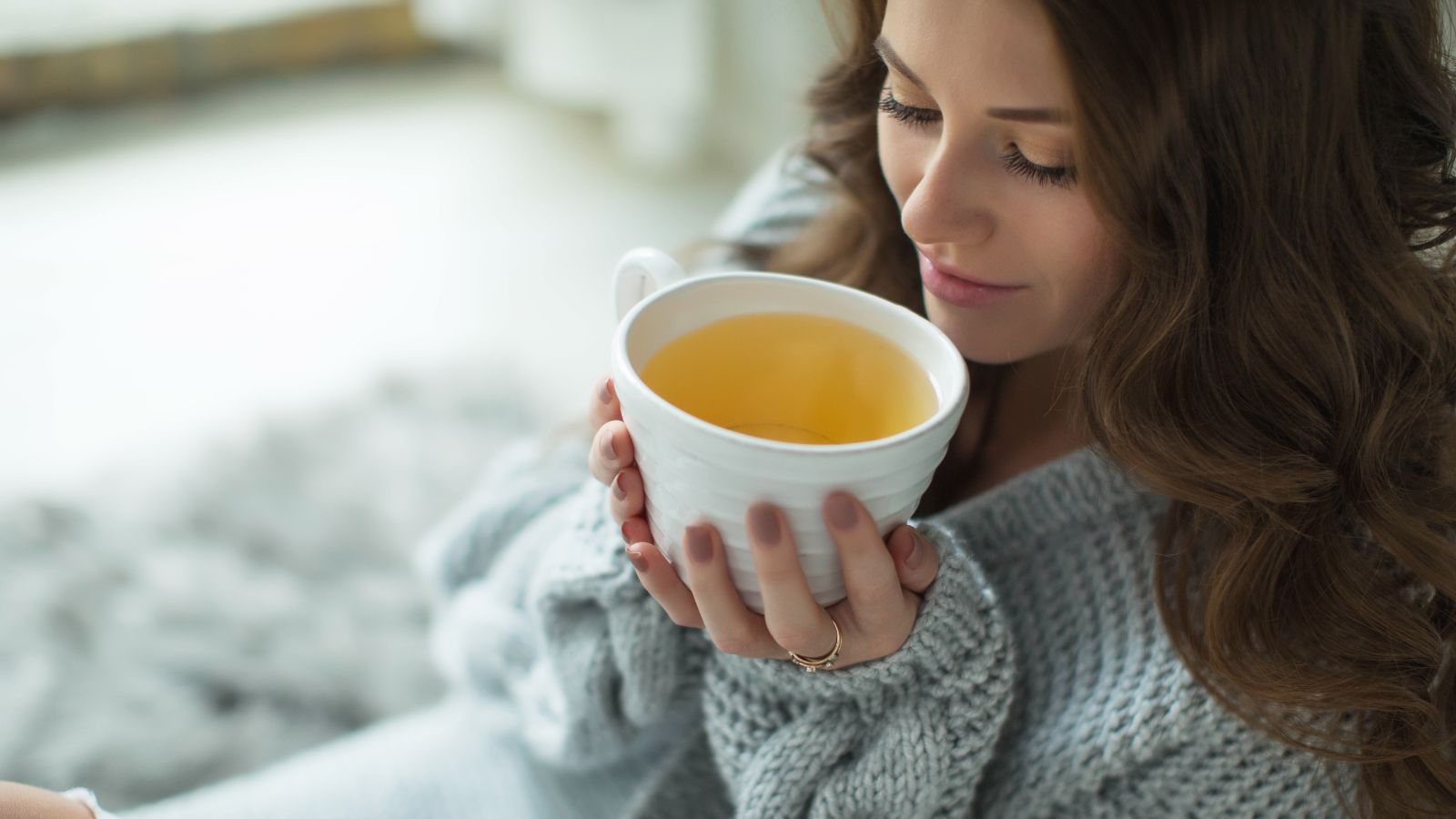
Builder’s tea is strong, milky, and sweet – a no-nonsense beverage that’s beloved by many. It’s the kind of tea that’s perfect for a quick break on a cold day or for fuelling a hard day’s work. Named for the stereotype that construction workers favour this style, it’s a robust, comforting drink that’s almost an institution in itself.
Afternoon Tea vs. High Tea
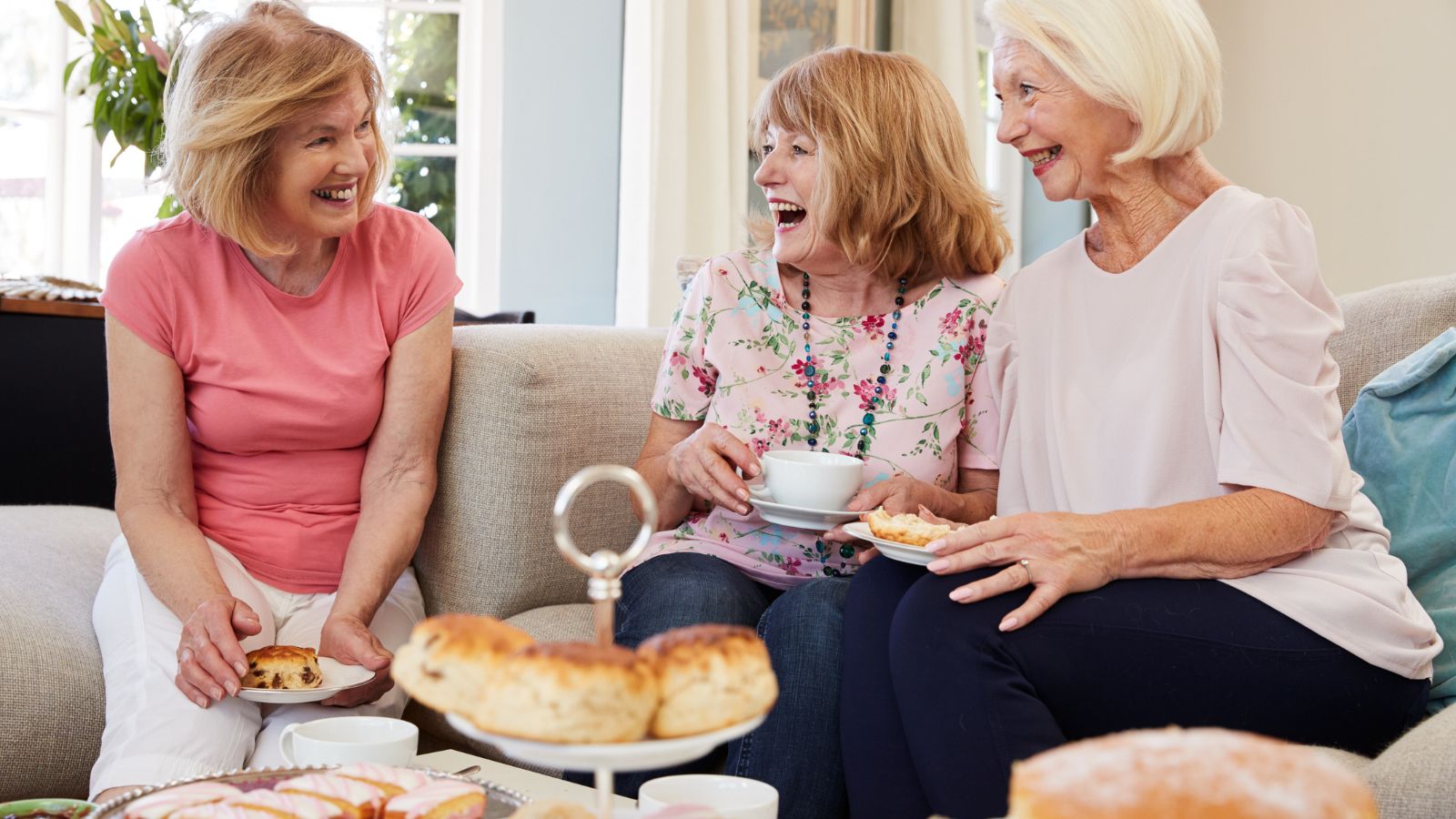
Afternoon tea and high tea are often confused, but every Brit knows the difference. Afternoon tea is a light, elegant meal served with finger sandwiches, scones, and pastries. High tea, on the other hand, is a heartier affair, traditionally served in the early evening with more substantial savoury items. Both are delightful, but they cater to very different occasions.
The Magic of a Tea Break

A tea break is a cherished part of the English workday because it’s a chance to pause, relax, and recharge with a comforting cup. Whether it’s a quick five-minute breather or a longer mid-morning break, it’s an integral part of staying productive and maintaining morale. There’s something about stepping away from your work with a cup of tea that just resets your brain.
The “Tea Stain” Phenomenon
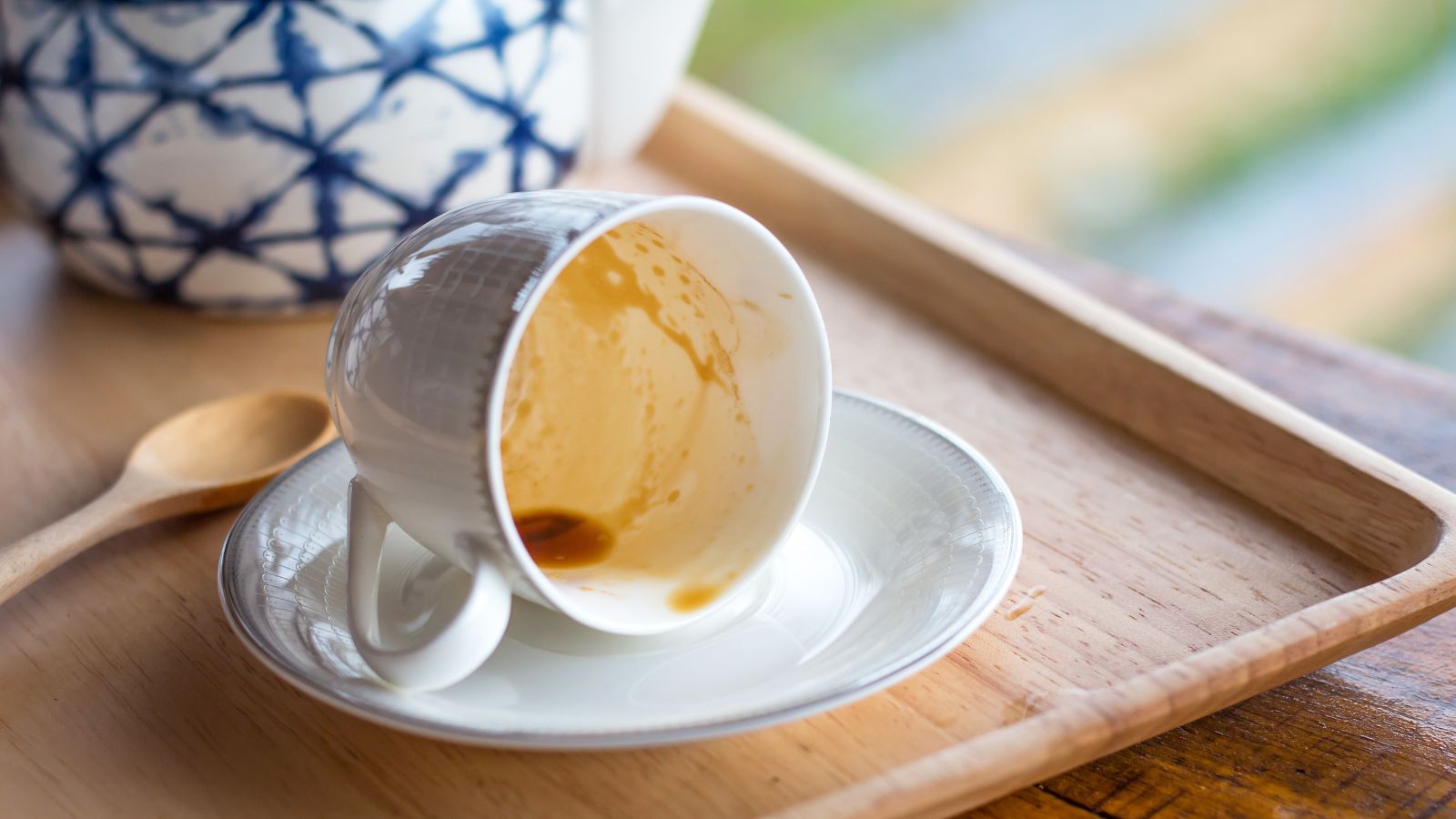
Every UK local has experienced the mysterious tea stain that appears in your favourite mug. No matter how much you wash it, a faint brown ring eventually forms. It’s almost a badge of honour, showing just how much use and love that mug has seen. Some say it even adds to the flavour of the tea—although that might just be an excuse to avoid scrubbing too hard.
The Comfort of a Cuppa
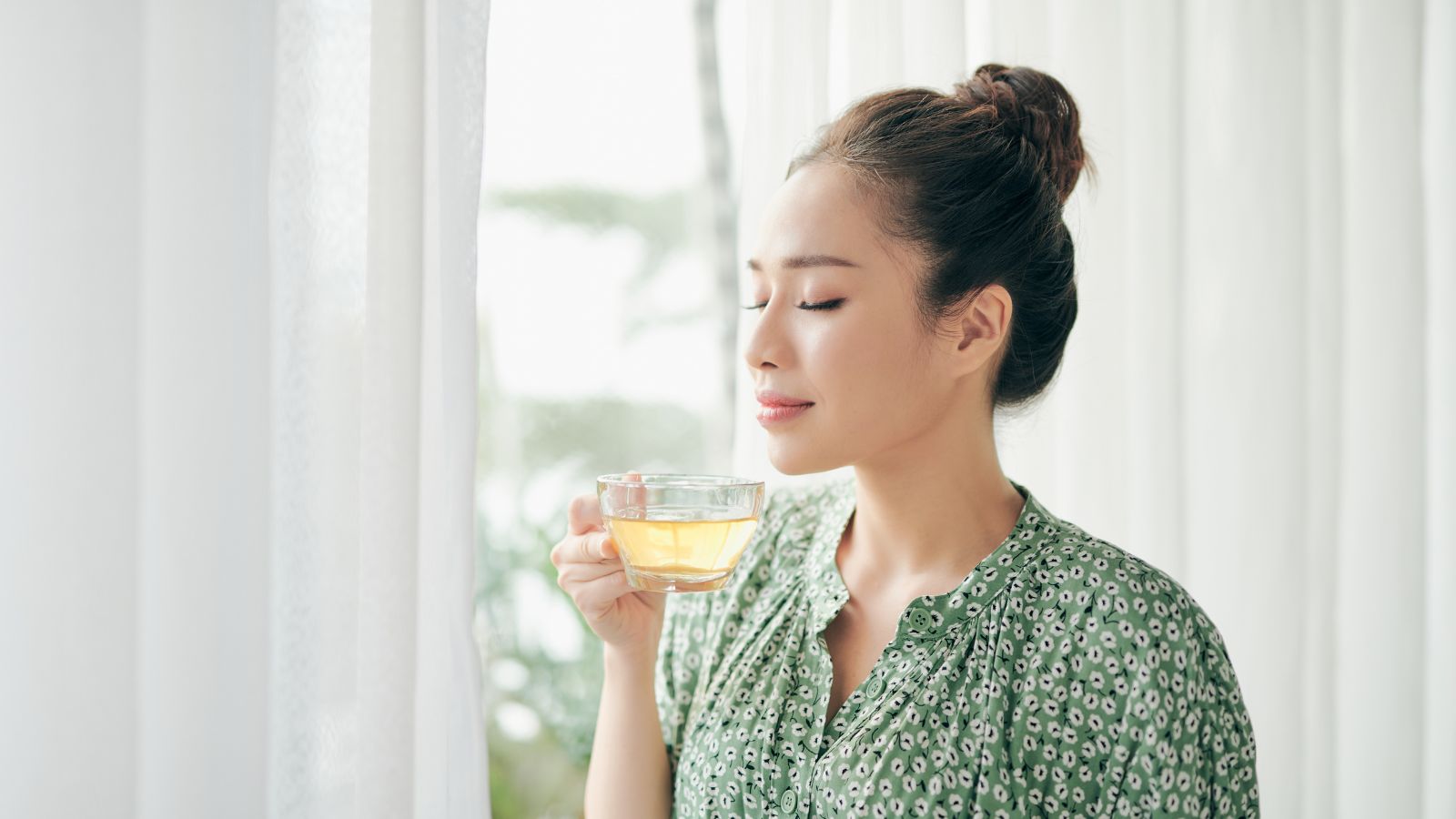
When times are tough, there’s nothing quite like a ‘cuppa’ to make things better. Tea is the ultimate comfort drink, perfect for soothing frayed nerves, warming you up on a cold day, or simply providing a moment of calm. Brits instinctively reach for the kettle in times of trouble, and it’s a tradition that offers solace and a sense of normalcy.
Regional Tea Preferences
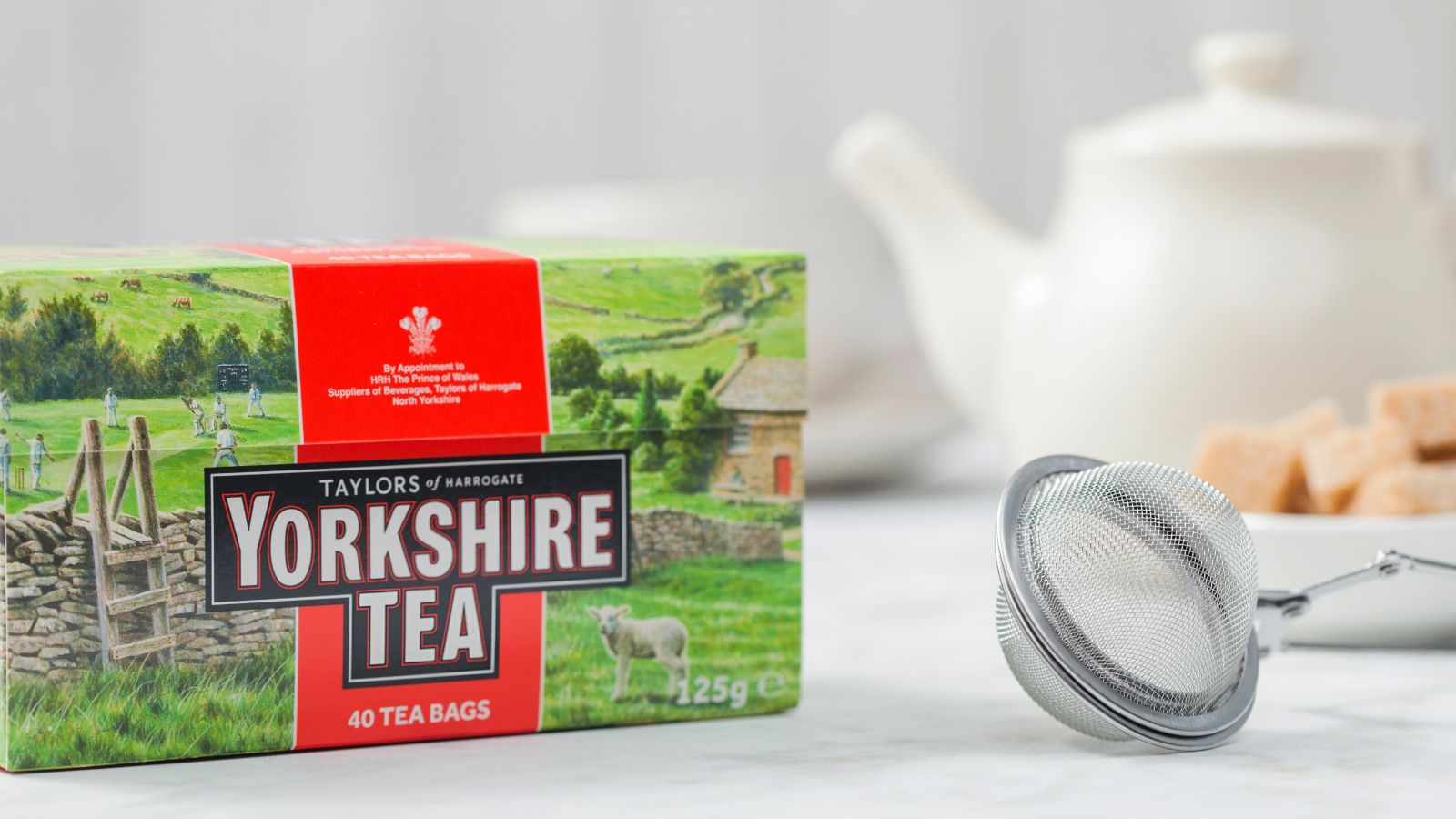
Not all tea is created equal, and regional preferences can vary widely across the UK. In Yorkshire, you might find people fiercely loyal to Yorkshire Tea, while in Cornwall, a cream tea with a proper Cornish split might be the norm. These local preferences highlight the diversity within the UK’s tea culture and the pride that comes with each region’s traditions.
The Ritual of Making Tea
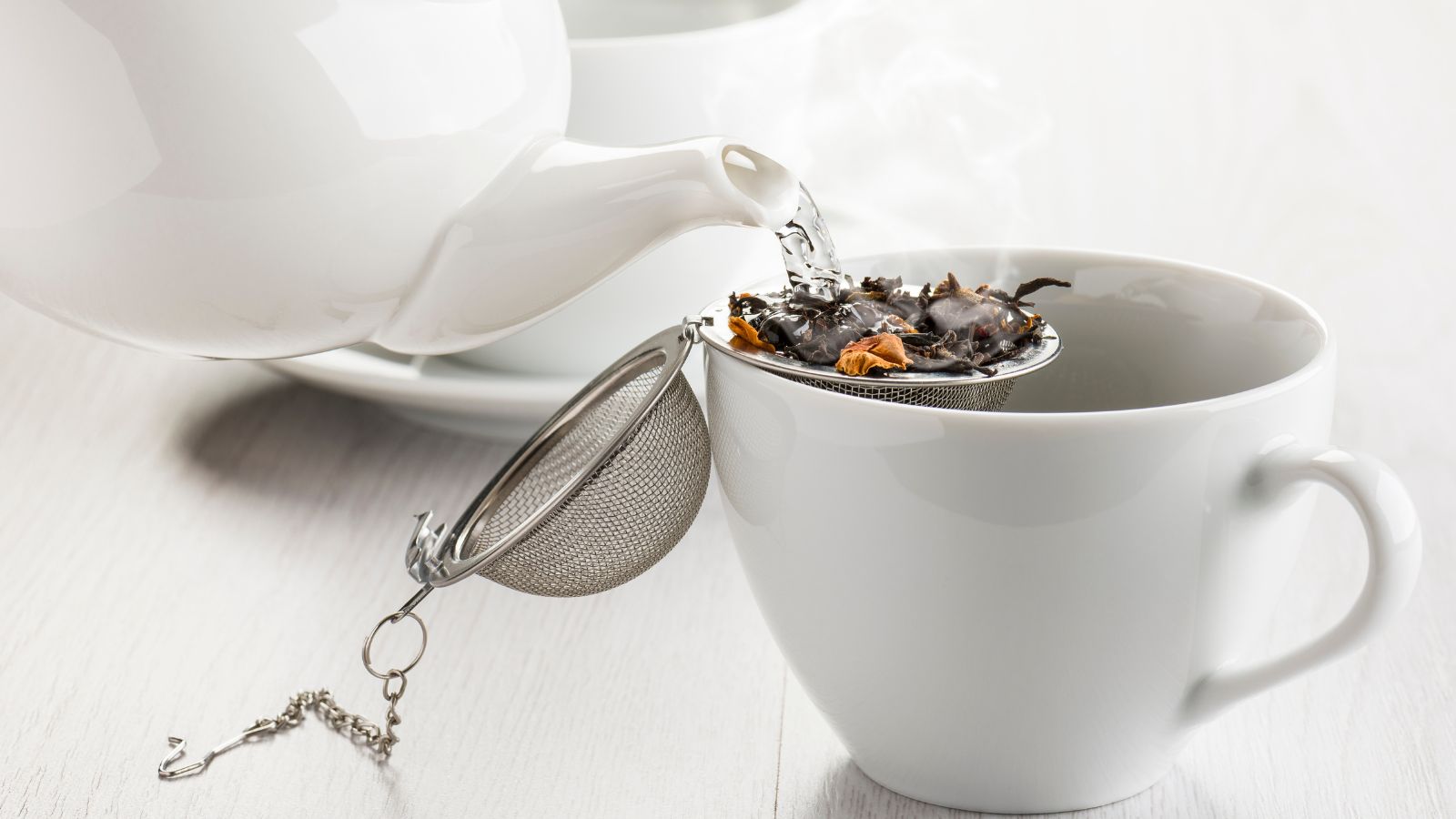
Making tea is more than just a series of steps; it’s a ritual. From boiling the water to choosing the right cup, each part of the process is deliberate and meaningful. For many Brits, the ritual itself is almost as important as the tea it produces because it’s a moment of mindfulness and routine that brings a sense of order and comfort to the day.
The Role of Tea in Hospitality

Offering a cup of tea is a universal gesture of hospitality in the UK. Whether you’re visiting someone’s home or attending a business meeting, you’ll likely be offered a cup of tea. It’s a way to make people feel welcome and at ease, which is why refusing a cup can sometimes be seen as rude.
The Variety of Tea Blends
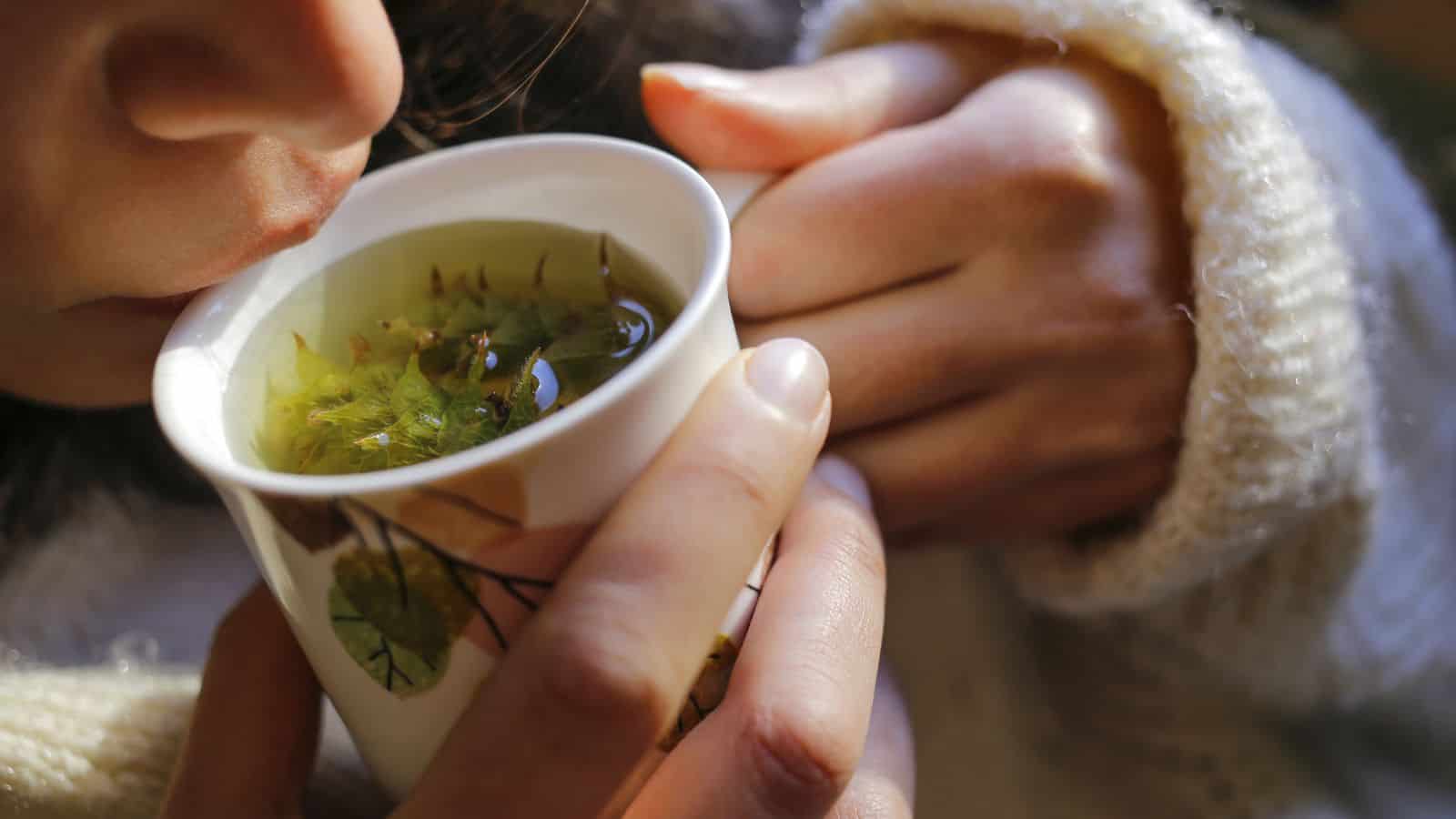
While the classic English Breakfast blend is a staple, Brits have a wide array of teas to choose from. Earl Grey, with its distinctive bergamot flavour, is another favourite, as are more exotic blends like Darjeeling or Assam. Many Brits enjoy exploring different blends and finding the perfect tea for different times of the day or occasions.
The Tradition of Tea Rooms
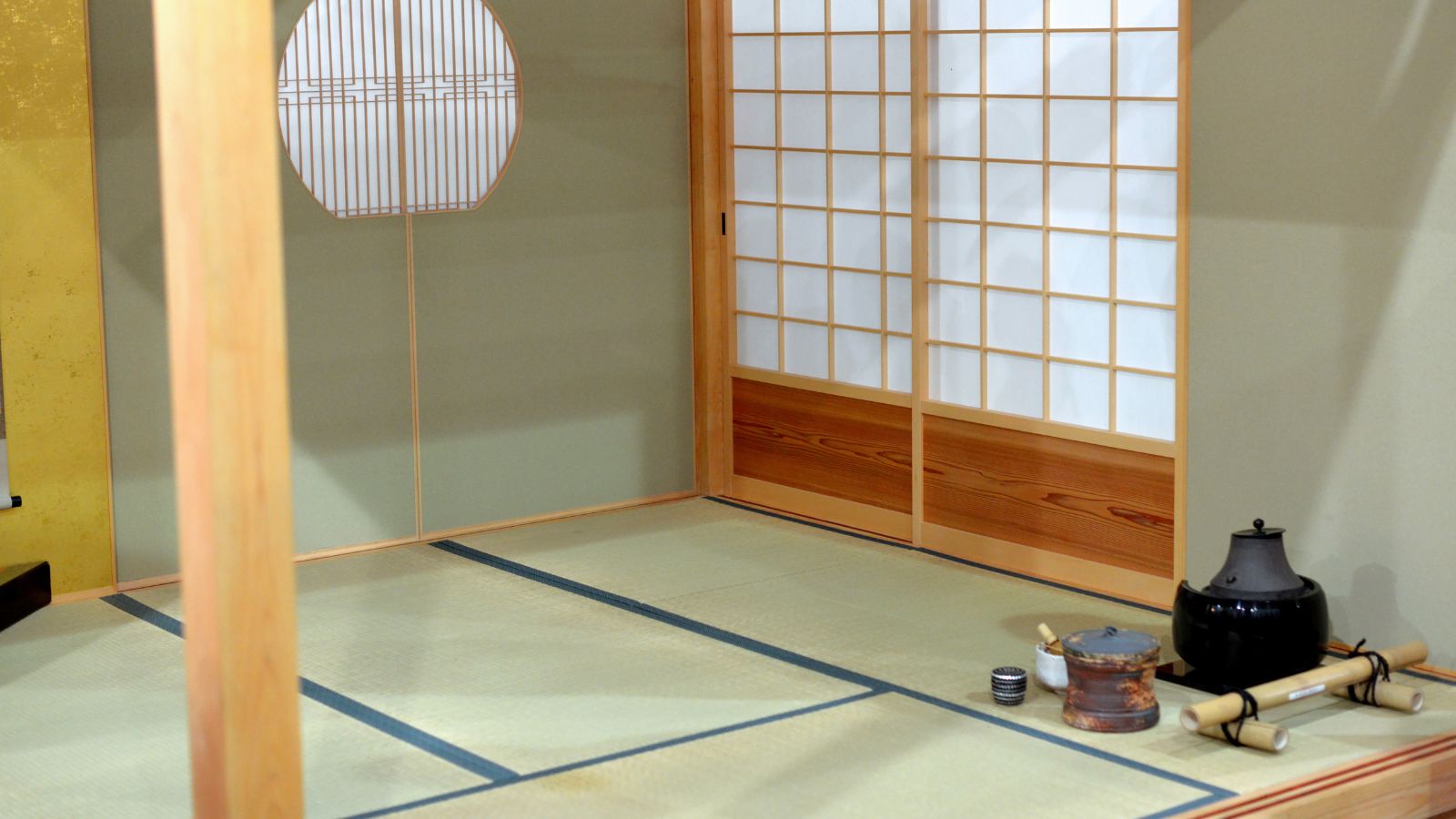
Tea rooms are a quintessential part of British culture, too. These cosy spots offer a peaceful retreat where you can enjoy a pot of tea and a slice of cake or a scone. They range from quaint, traditional establishments to modern, trendy places, but all share a love of tea and a welcoming atmosphere.
The Etiquette of Stirring
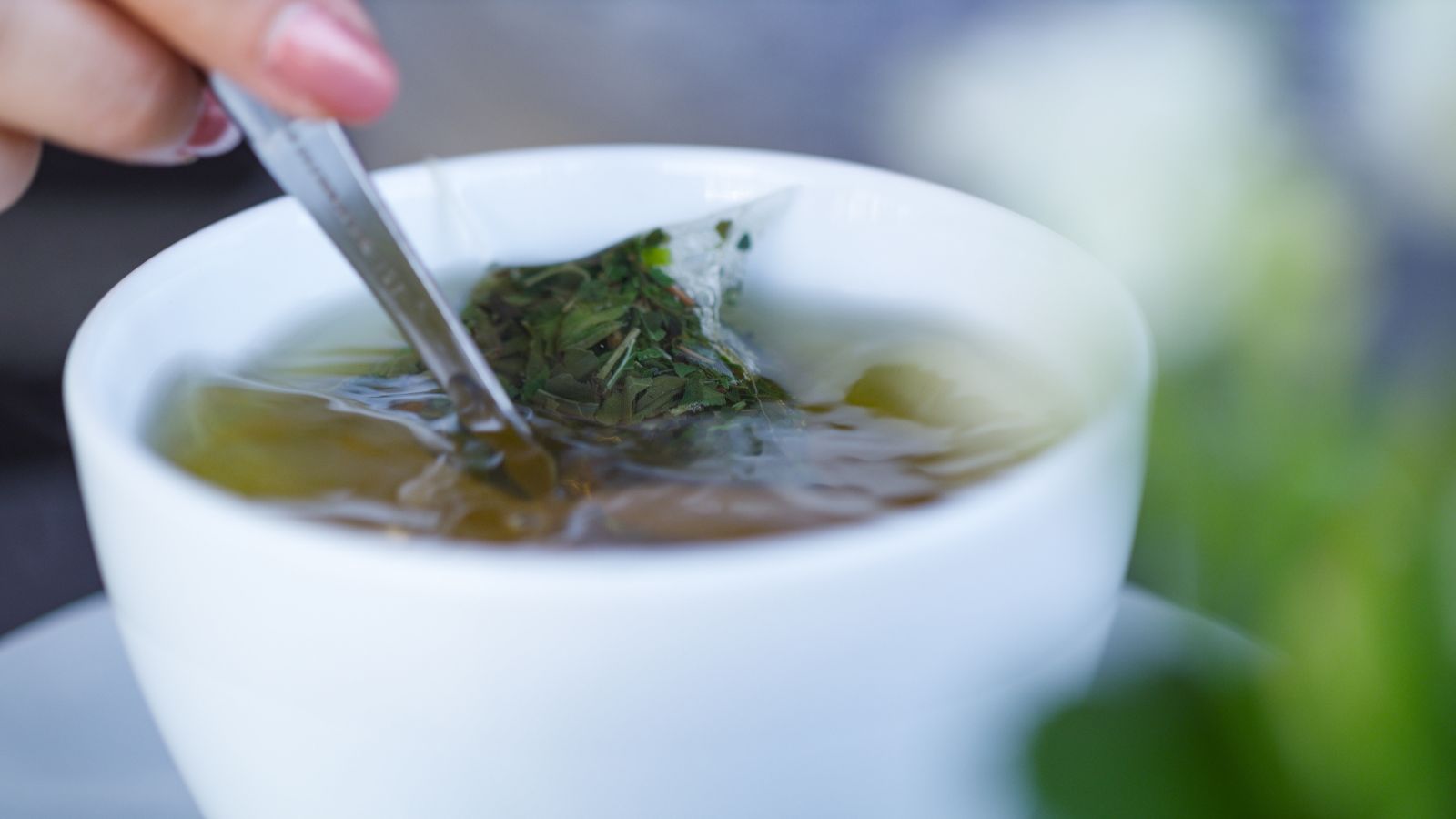
Believe it or not, there’s even etiquette around stirring your tea. The correct way is to move your spoon back and forth, not in a circular motion, to avoid clinking the sides of the cup. It’s a small detail but one that’s observed by those who appreciate the finer points of tea etiquette.
Tea and TV

There’s something about a cup of tea that pairs perfectly with watching TV, such as when you’re settling in for a cosy evening with a favourite show or watching the morning news. Tea is the ideal companion, and it’s a routine that brings comfort and enhances the enjoyment of whatever you’re watching.
The Seasonal Tea Shift
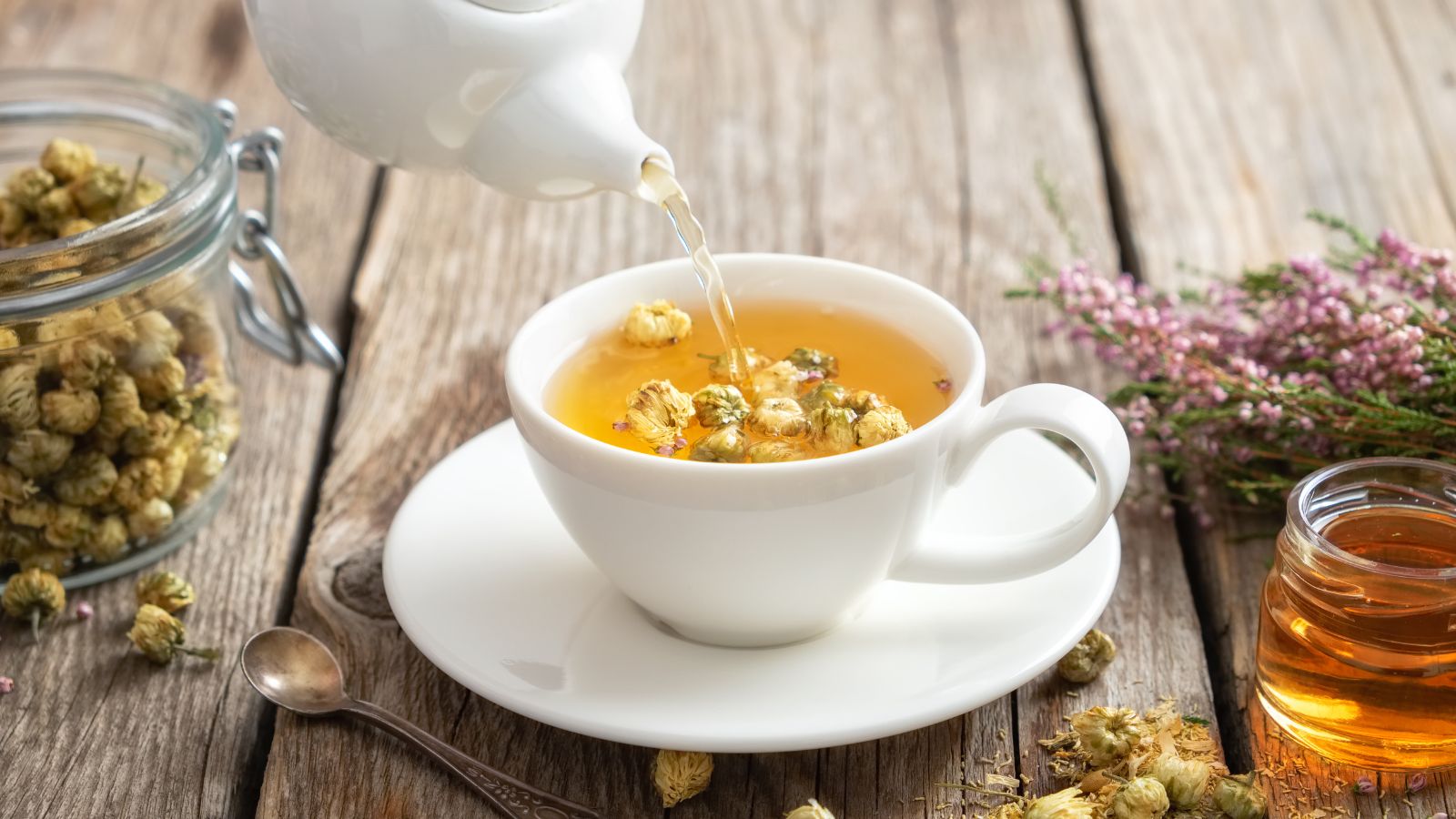
Brits often switch their tea preferences with the seasons. In the winter, a strong, warming tea is preferred, while in the summer, a lighter, more refreshing blend might be chosen. This seasonal shift allows tea drinkers to adapt to the weather and enjoy their favourite beverage in the most suitable way.
The Power of a Shared Pot
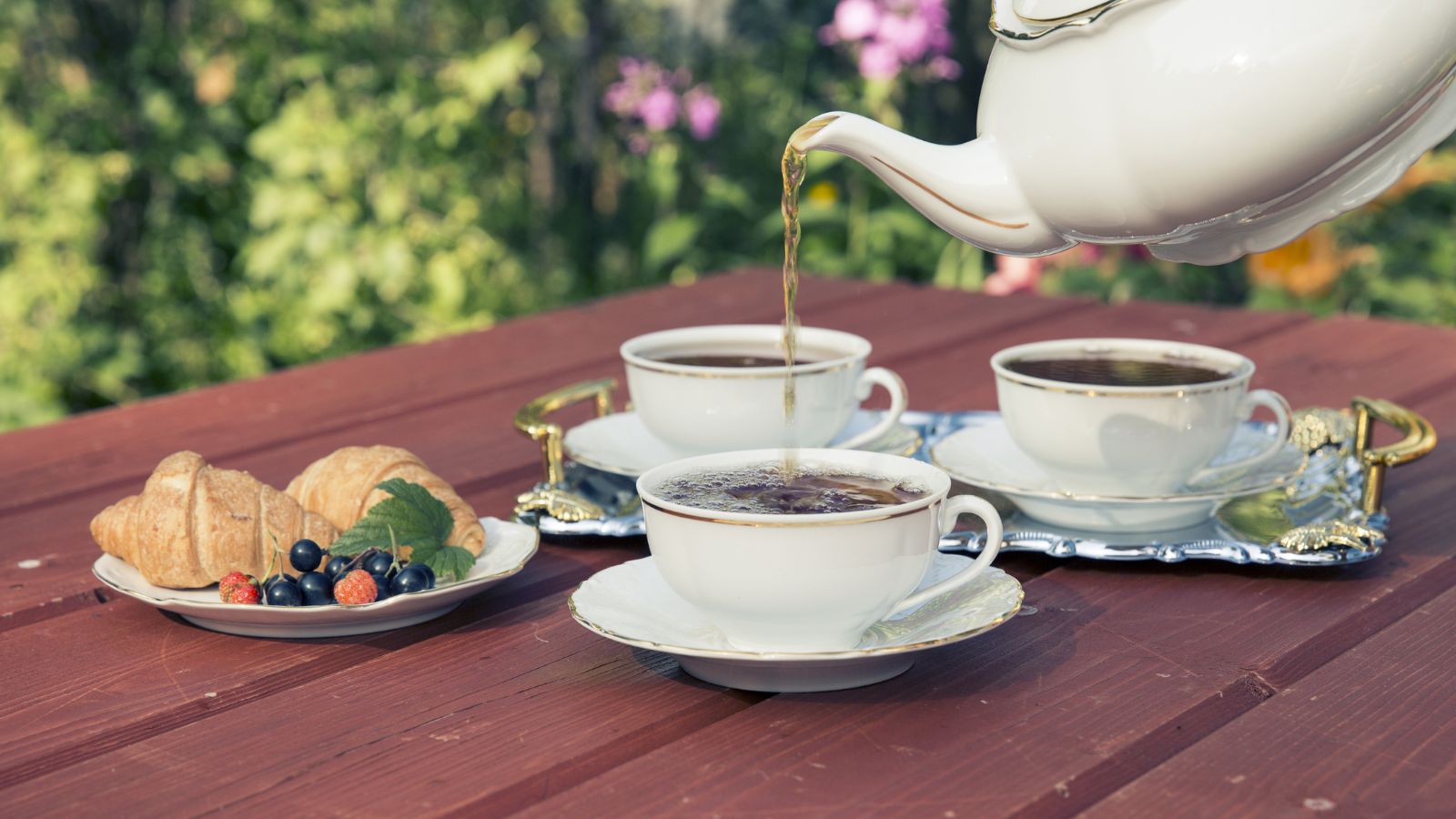
Sharing a pot of tea with friends or family is a cherished tradition because it’s about the connection and conversation that comes with it. Pouring for each other and taking time to chat over a pot creates a special, shared experience that’s deeply valued in British culture.
The Love of a Good Tea Set
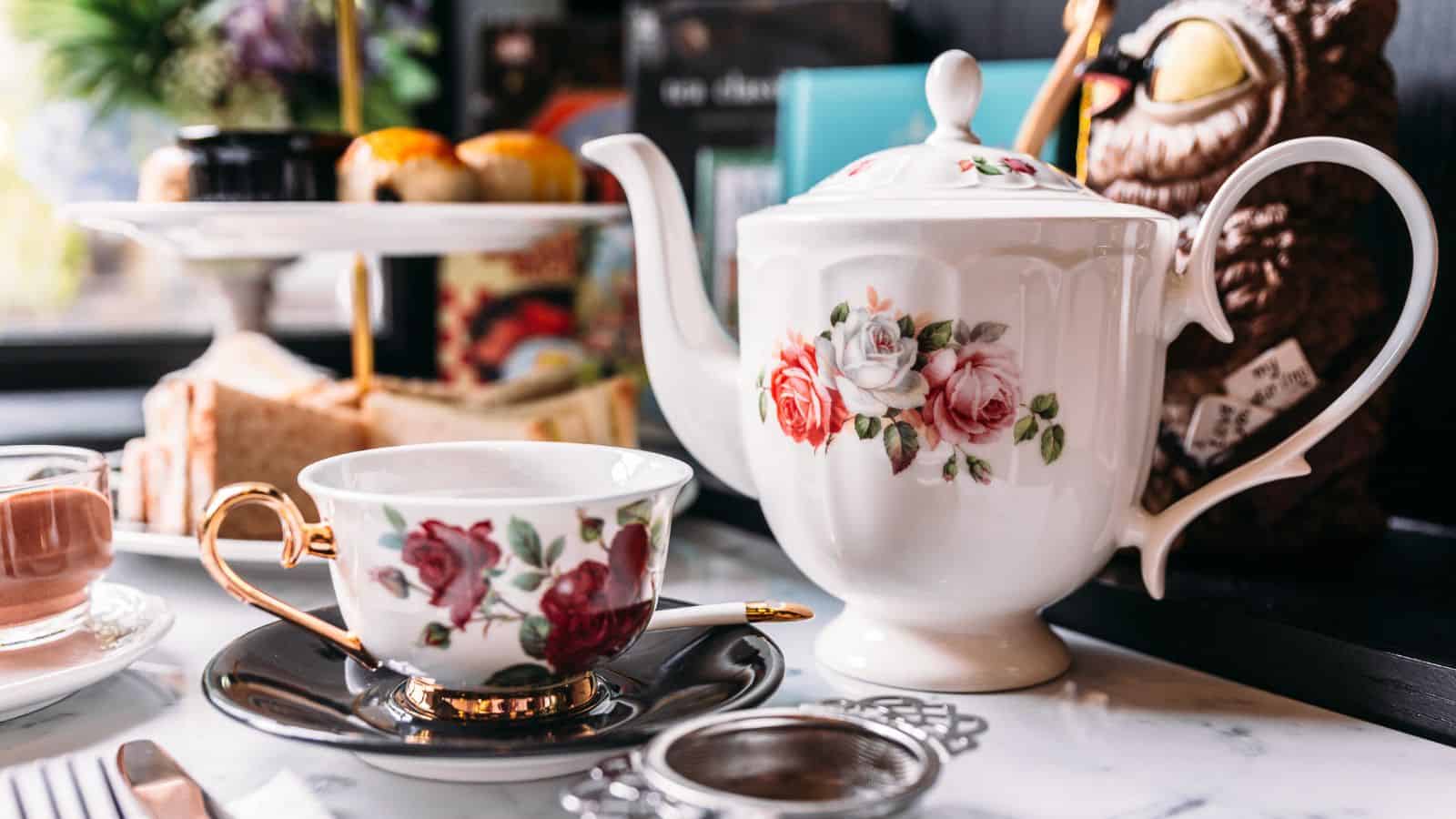
A beautiful tea set can elevate the tea-drinking experience, and many people in the UK will take pride in their teapots, cups, and saucers, often passed down through generations. Using a proper tea set adds a touch of elegance and tradition to any tea time, making the experience feel more special.







